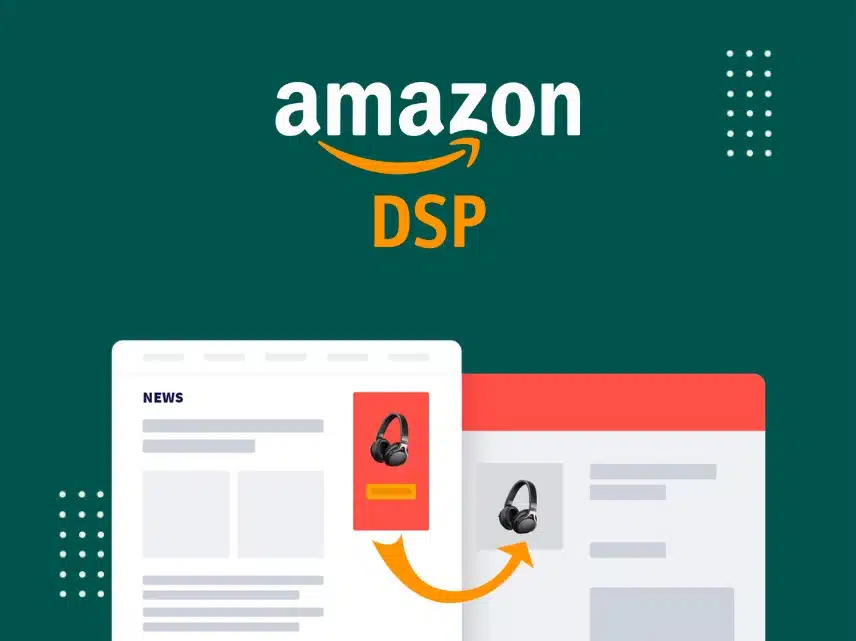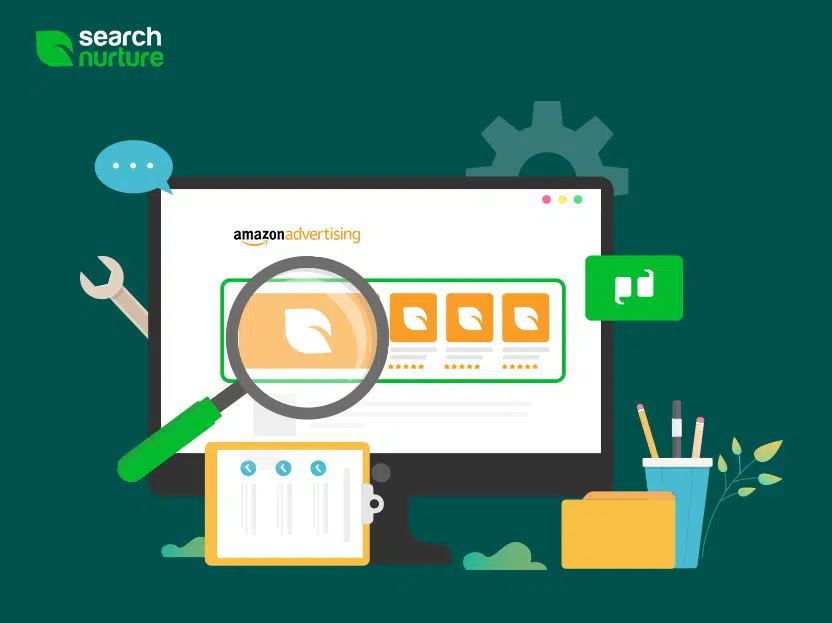Amazon’s 2023 July Prime Day was the biggest in history, allowing some small businesses to 18x their sales in a single day. With Amazon Prime Day 2024 upon us, it’s time to polish up those listings to ensure success. I’ve worked as an Amazon advertising specialist for several Prime Days now (it’s basically like my Super Bowl). In this guide, I’m sharing my top tips and tricks for optimizing your Amazon listings to boost sales for Prime Day and beyond.
When is Amazon Prime Day 2024?
Amazon Prime Day 2024 is July 16 and 17.
In 2023, Amazon announced a second Prime Day event on October 10 and 11. It’s unknown if we’ll see two rounds of Prime Day sales in 2024, but based on recent trends, it’s pretty likely. To best prepare for Amazon’s Prime Day, you’ll want to make sure you’ve flushed out a strategy for deals and offerings on Amazon and have appropriately optimized your product pages.
How to Optimize Your Amazon Product Pages
I can’t stress enough how important it is to optimize your Amazon product pages for SEO. According to Adobe, paid search is still retailers’ biggest sales driver during big cyber holidays.
Let’s go through the biggest things you need to know when it comes to properly optimizing your Amazon listings to get the biggest sales.

Understanding Amazon’s A10 Algorithm
To effectively rank for keywords on Amazon, you need to get a good grasp of the platform’s A10 algorithm, which was previously the A9 algorithm. A10 is Amazon’s updated product search engine, and it looks at a bunch of factors to figure out which products should show up in the search results. The main goal of A10 is to boost customer satisfaction by presenting the most relevant products that match what the user is searching for.
Amazon’s A10 algorithm considers the following factors when ranking products:
- Keyword relevance: Ensure that your product titles, descriptions, and backend search terms are optimized with pertinent keywords that accurately reflect what you’re selling.
- Sales performance: Products with higher sales are more likely to rank well, so optimizing your listings for conversion is extra important.
- Price competitiveness: The algorithm will compare your prices with that of your competitors, so it’s important to find a balance between competitive pricing and profitability.
- Customer reviews: Positive reviews and high ratings can give your products a boost in rankings, so encourage satisfied customers to leave feedback. Seller authority is even more important with the Amazon A10 update, so getting reputable reviews from real customers can be a make-or-break strategy.
- Listing updates: Regularly updating your listings can help increase the search results for your products.
- Buyer searches: A10 considers buyer searches more heavily compared to what it did with A9, prioritizing more relevant products over more portable ones.

Keyword Research
Successful Amazon listing optimization starts with knowing how to rank for keywords on Amazon. To do that, you need to find out the terms and phrases potential customers use when looking for products like yours.
Tools like Helium 10 can help you discover high-search-volume keywords relevant to your product. Focus on both short-tail and long-tail keywords to reach a wider audience.
SEO Copywriting
The foundation of a well-optimized product listing on Amazon starts with following basic SEO copywriting rules. Your page should include:
- A product title: Incorporate your primary keyword towards the beginning of the product title. Make sure the title is clear, concise, and informative.
- Bullet points: Use at least five bullet points to highlight your product’s key features and benefits, naturally incorporating secondary keywords.
- A product description: Create a detailed product description that gives an overview of your product. Use a storytelling approach to engage potential buyers while including relevant keywords.
- Back-end search terms: Use all available backend search term fields. These aren’t visible to customers, but Amazon’s search engine recognizes them, so they’re a valuable place to put additional keywords.
Creative Assets
Creative assets are extremely important to land conversion on Amazon. All of your product pages should include:
- High-quality product images.
- Videos to showcase the product (unboxing, how to use it, influencer recommendation, etc.).
- Infographics with greater detail on product features.
- Creative and compelling copy that highlights your product and brand story.
You can revamp your listing by creating assets based on Prime Day seasonality. For example, you could start showcasing back to school items during the July Prime Day. If you have several creative content ideas, try both out using A/B testing on Amazon or a third-party site like PickFu.
How to Optimize Your Amazon Storefront
Optimizing for Amazon isn’t just about scoring more sales for Prime Day. With an Amazon Brand Store, you can establish your brand’s identity and connect with customers on a deeper level. With that said, let’s talk about how to optimize your Amazon business page to spread the word about your products.

Brand Story Page
The Brand Story Page is a key element for SEO optimization within your Brand Store. It’s a chance for you to connect with customers and let them get to know you as a company.
Create a compelling brand story that resonates with your target audience and includes relevant keywords. This page is a powerful SEO asset, helping your brand and products rank higher in search results.
Prime ASIN Push Page
Every product on the site (except for books) has an Amazon Standard Identification Number (ASIN). The ASIN is a unique 10-digit code assigned when you create a new product on the site.
Your Prime ASIN Push Page is another critical component of your Brand Store that can significantly impact your Amazon Prime Day performance.
Highlight your bestselling and top-rated Prime products to boost their visibility and sales momentum for Prime Day. Use eye-catching banners, promo deals, and clear calls to action to get shoppers to use their Prime membership. Also, make sure the info on this page is always current, reflecting stock levels, pricing, and any ongoing promos or discounts.
Enhanced Brand Content (EBC) or A+ Content
For brand-registered sellers, leveraging Enhanced Brand Content (EBC) or A+ Content can significantly improve your product detail pages. These tools allow you to add rich content, such as images, comparison charts, and narrative copy, helping to answer customer questions and drive more informed purchase decisions. Effective use of EBC or A+ Content enhances the customer’s shopping experience, leading to higher conversion rates and increased sales.
Final Thoughts on Amazon Prime Day SEO Optimizations
Every Amazon seller is fighting for attention on Prime Day, which makes optimizing your listings ahead of time more important than ever. Your product detail pages and Brand Store are powerful tools for increasing your visibility and attracting more customers. Using these expert Amazon SEO techniques and enhancing your creative assets can improve your search rankings and drive more traffic to your Amazon products.
Need help optimizing your content or placing Amazon ads? I’d be happy to chat! My Search Nurture team and I have unique access to Amazon’s API. When you join our team, you’ll be assigned a full-time Amazon Rep to help your campaigns reach new heights. Let’s make this your most successful Prime Day yet — schedule a call today.
More Amazon Prime Day Prep Guides:
A Seller’s Guide for Deals and Offer Strategies
A Seller’s Guide for Advertising

Article by











